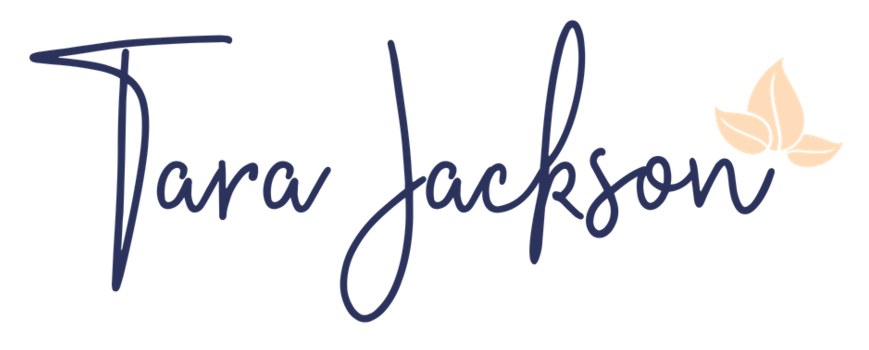Warning: Undefined array key 1 in /home/tarajack/public_html/wp-content/plugins/monarch/monarch.php on line 4359
Do you have a plan for when you are feeling stuck? It happens to all of us. Many of us, frequently! Especially if you are striving for change, big or small, in your life. The problem is, when you build your action plan, planning for these stuck times doesn’t often come up. Of course, we all hope that things will just be smooth sailing. But, hope is not enough. Getting stuck can (and will) happen. Even when you are not working toward some new change. Amid the rhythm of day to day life – we get stuck.
What do you do about it?
So, what do you do about it? You could hope that you don’t end up feeling stuck again (you will, just saying!) or you could plan for it. Consider for a moment, what happens when you are feeling stuck. If you are anything like me, then your instinct is probably to push on through – work harder, figure out what is wrong, “suck it up” and get it done. Tell me, how does that work out for you? Again, if you are anything like me, it probably ends in you being exhausted, frustrated and upset with yourself for not meeting your own expectations, and some pretty poor quality work in whatever you were trying to “get done” in the first place. The worst part is, all this leads to feeling stuck even more. It’s a vicious cycle.
Let me give you a warning here, changing this cycle will require a mindset shift. For many, this is a challenging one. But it is possible. Here is a step by step to guide to help you prepare for the times that you will be feeling stuck, and how to get yourself back into your momentum.
1. Understand your old response to feeling stuck
The first step to changing any thinking pattern, behavioural pattern, or emotional pattern is to understand your old one – the one that no longer serves you, the one that you are ready to let go of. Think of the last time that you were feeling stuck. It might be small – no matter how hard you tried, you just couldn’t muster the energy to do any of the things you had planned for your weekend. Or it might be large – you knew you wanted to make a change but just didn’t know where to start. No matter how many times you tried, how many angles you looked at it, you just felt overwhelmed every time. Thinking of that time where you were feeling stuck, consider:
- What were you thinking?
- How were you feeling?
- What were your next three actions?
Repeat this process with 2-3 other times that you were feeling stuck. Are there some common themes? Can you identify your old response to feeling stuck? When you can, consider what results you were getting from this response. If you are satisfied with the result, great. If you are not satisfied with the result, then commit to yourself to let it go.
2. Identify your new response to feeling stuck
Accept the fact that at some point you will be feeling stuck again, and acknowledge that feeling stuck is okay. It is normal. And it is part of the process. When you are feeling stuck again, what would you like your new response to be? To make this happen:
- What will you need to be thinking?
- How will you need to be feeling?
- What will your first three actions need to be?
3. Identify the trigger to your old response (and replace it with your new one)
Old patterns can be difficult to let go of. The more that we have used them as our default setting, the stronger that pathway is in our brain. Now that you have started the process of letting go of that old pattern, you need to be able to recognise the first signs. The human brain likes easy; it responds well to the familiar. A well-worn neural pathway will be favoured above all else. If you can recognise the signs or triggers of that default response, you will be able to guide yourself into your new response. The more you do this, the more you will strengthen this neural pathway, until one day you will find that this is your new default! When you see those signs, what will you do to guide yourself into your new response?
4. Be kind to yourself
For me, this is the hardest part. The truth is, you will probably fall back into old patterns here and there, and when you do it is essential to be kind to yourself. The truth is if you can recognise that this is what has happened, that is progress in itself. When you are hard on yourself, all that will happen is your progress will slow down.
When we get stuck often, this is a sign that so something is out of alignment. Take some time to consider what it could be.
Can I coach you for free this month?
I am currently developing a new group coaching programme designed to help to establish a strong foundation of daily habits that support the change that participants want to make. To help me make this as valuable as possible, I would like to talk with you about your biggest challenge over a 30-minute clarity chat (via skype, phone, or zoom) that will be 100% sales free. No sales, no sign ups, no obligations, only solutions!
Here’s my commitment to you: If you share with me the biggest challenge that you are facing, and come to the clarity chat ready and willing to take real action in your life, then together we will find you the clarity that you need to move forward. Sound good?
Book yours here: https://calendly.com/tarajacksonlifecoach/free-clarity-chat-your-biggest-challenge



